We celebrate the exceptional contributions of Puerto Rican male visual artists who have shaped the island’s cultural identity and artistic legacy. We honor these masters for their creativity, influence, and lasting impact on both Puerto Rican and global art.
During Hispanic Heritage Month, we honor the incredible contributions of Puerto Rican male visual artists who have played a pivotal role in shaping the island's artistic and cultural landscape. These artists, including renowned figures like José Campeche, Francisco Oller, Rafael Tufiño, and Lorenzo Homar, have used their talents to express the richness of Puerto Rican identity and heritage. From Campeche’s early portraits and religious scenes to Oller’s groundbreaking role in Impressionism, these artists laid the foundation for Puerto Rican art’s global presence. Tufiño, with his depictions of everyday life and national pride, and Homar, who mastered printmaking techniques and elevated Puerto Rican graphic arts, both carried forward the mission of using art as a vehicle for cultural expression and social commentary.
José Campeche (1751–1809, San Juan) was a prominent Puerto Rican visual artist, often regarded as the first major painter of Puerto Rico and one of the most important in Latin America during the 18th century. Known for his religious and portrait works, Campeche's art masterfully combines Baroque and Rococo styles. He was highly skilled in creating detailed depictions of religious scenes, aristocratic portraits, and landscapes, with his works often reflecting the cultural and social dynamics of colonial Puerto Rico. Campeche is recognized as the first known Puerto Rican visual artist and is considered by art critics to be one of the finest Rococo artists in the Americas. His legacy endures as a pioneering figure in Caribbean art, seamlessly blending European techniques with local themes. Despite never leaving Puerto Rico due to his humble origins and lack of international exposure, his exceptional talent earned him global recognition. His notable work includes Nuestra Señora de la Merced.
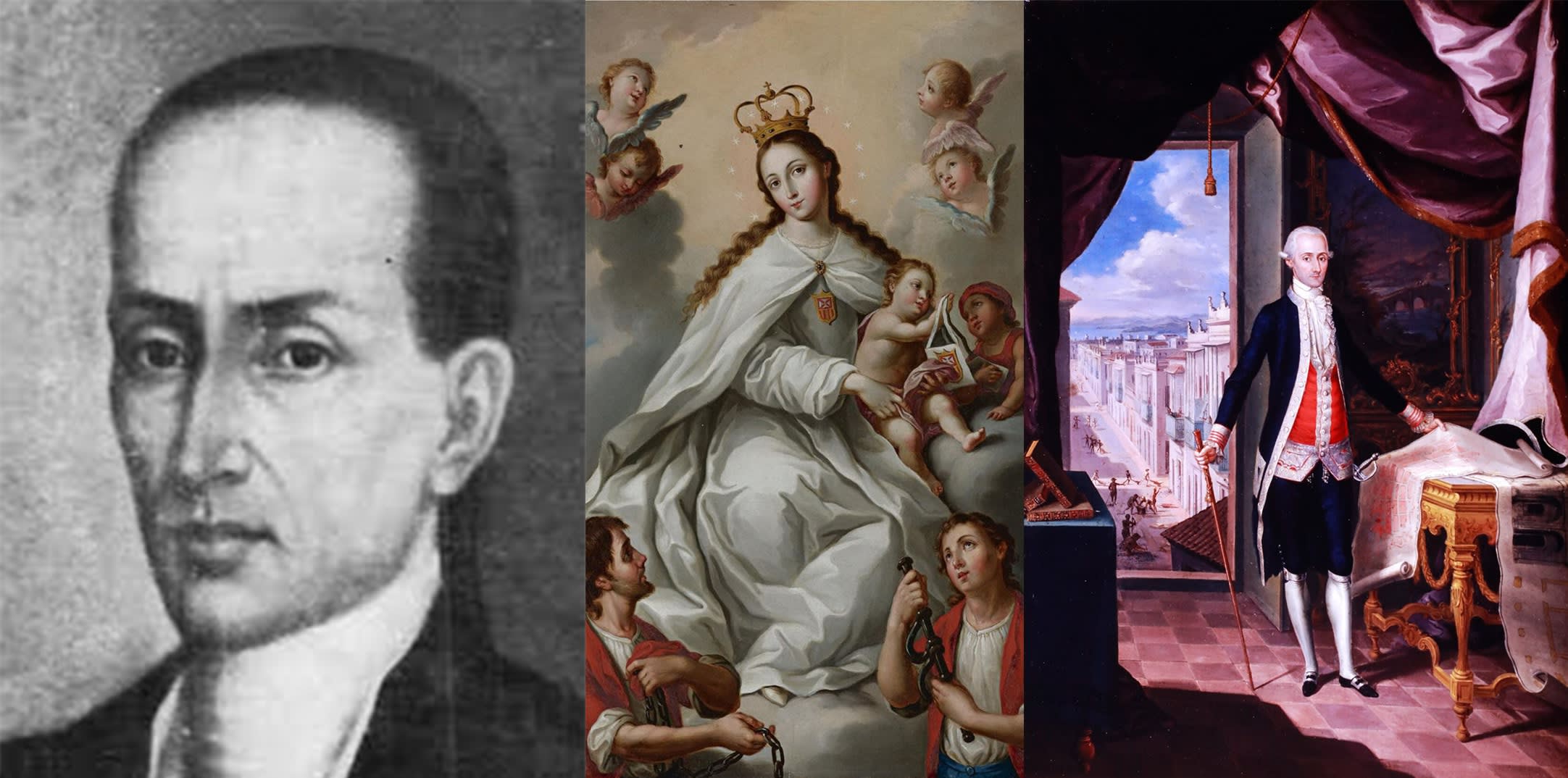
Francisco Oller (1833–1917, Bayamon) was a renowned Puerto Rican painter, considered one of the most important figures in Latin American art. He was a pioneer of Impressionism in the Caribbean and the only Latin American artist to have played a significant role in the European Impressionist movement. Oller trained in Spain and France, studying under prominent artists like Courbet and Millet, and his work reflects both European influences and Puerto Rican subjects. His paintings often depicted scenes of Puerto Rican landscapes, everyday life, and social realities. Oller's fusion of realism with impressionist techniques left a lasting impact on Caribbean and Latin American art. El Velorio.
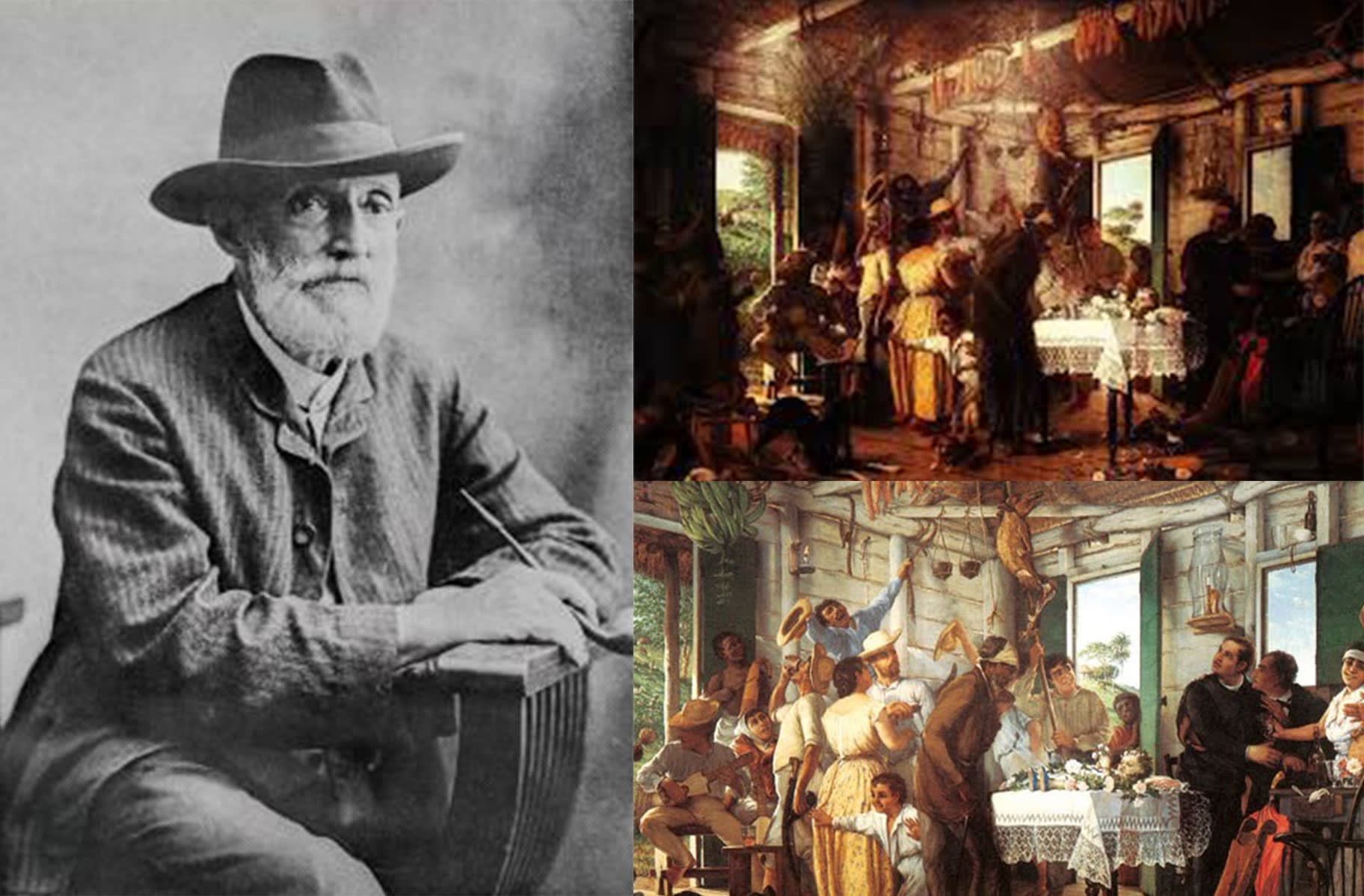
Rafael Tufiño (1922–2008, San Juan) was a key figure in Puerto Rican art, known for his work in painting and printmaking that celebrated Puerto Rican culture and identity. He was part of the island’s mid-20th-century cultural renaissance, using social realism to depict everyday life, traditions, and the working class. His most famous works include the Goyita series, portraits of his mother that became symbolic of the Puerto Rican woman, and El Café, which highlights rural life. Tufiño's art is distinguished by its deep connection to Puerto Rican heritage and its focus on social issues.
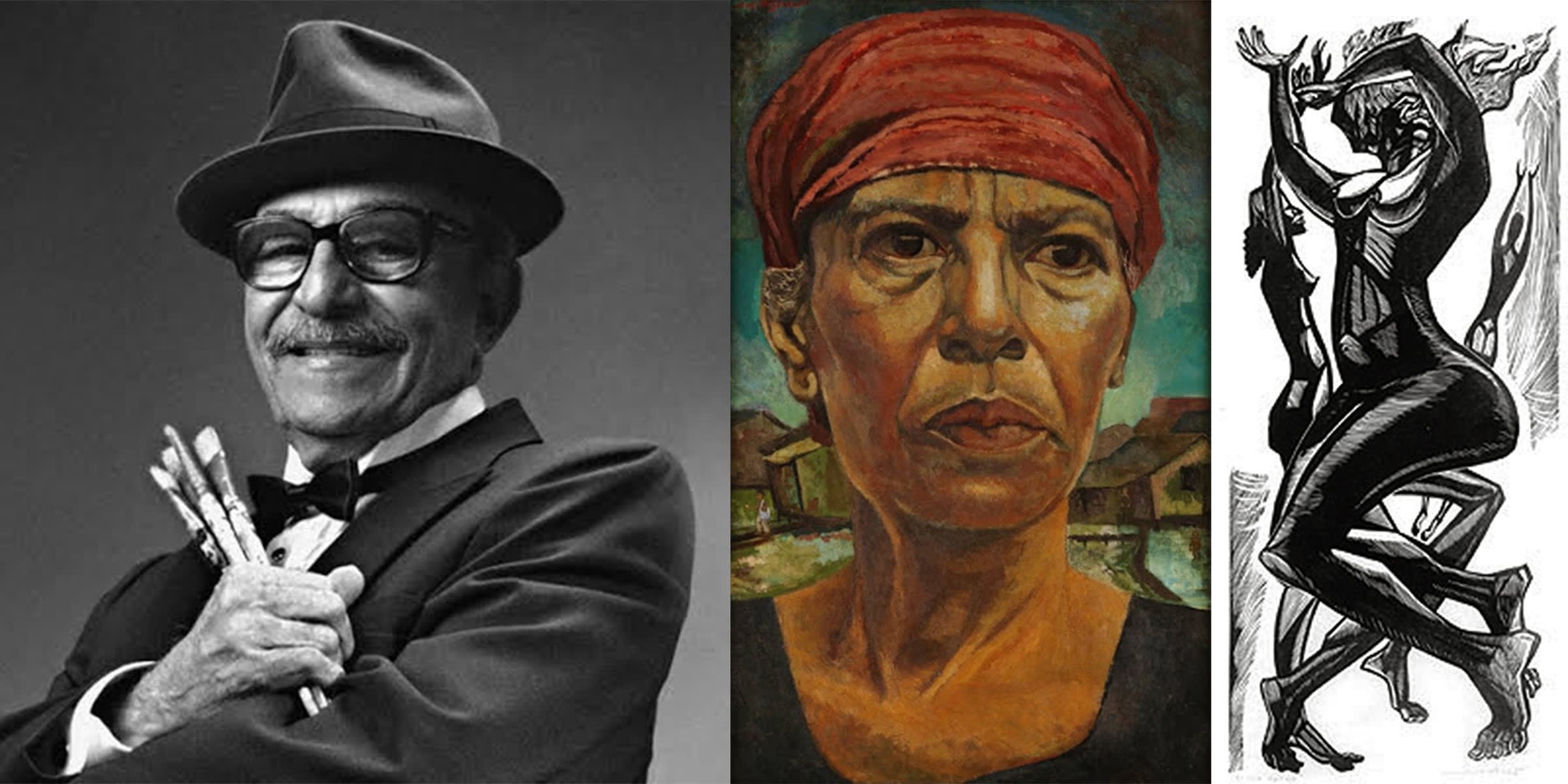
Lorenzo Homar (1913–2004, Puerta de Tierra) was a distinguished Puerto Rican visual artist, renowned for his contributions to printmaking, graphic design, and painting. A key figure in the Puerto Rican art movement, Homar played a crucial role in promoting the island's cultural identity through his art. He trained in New York and worked for Tiffany & Co. before returning to Puerto Rico, where he helped establish the Graphic Arts Workshop of the Puerto Rican Institute of Culture. Homar's works often combined political themes, national pride, and social commentary. His mastery of printmaking, especially in silkscreen techniques, left a lasting impact on Caribbean and Latin American art.

Arnaldo Roche (1955–2018, Santurce) was a prominent Puerto Rican visual artist known for his powerful and expressive works that often explored themes of identity, memory, and personal struggle. Roche used bold colors and textured techniques, including his signature frottage method, where images were transferred onto canvas through rubbing. His art frequently dealt with the complexities of Puerto Rican and Caribbean identity, mixing symbolism, personal narratives, and universal themes of human experience. Roche gained international recognition, exhibiting in major museums and galleries worldwide. His emotionally charged and dynamic style solidified his place as one of Puerto Rico's most important contemporary artists.
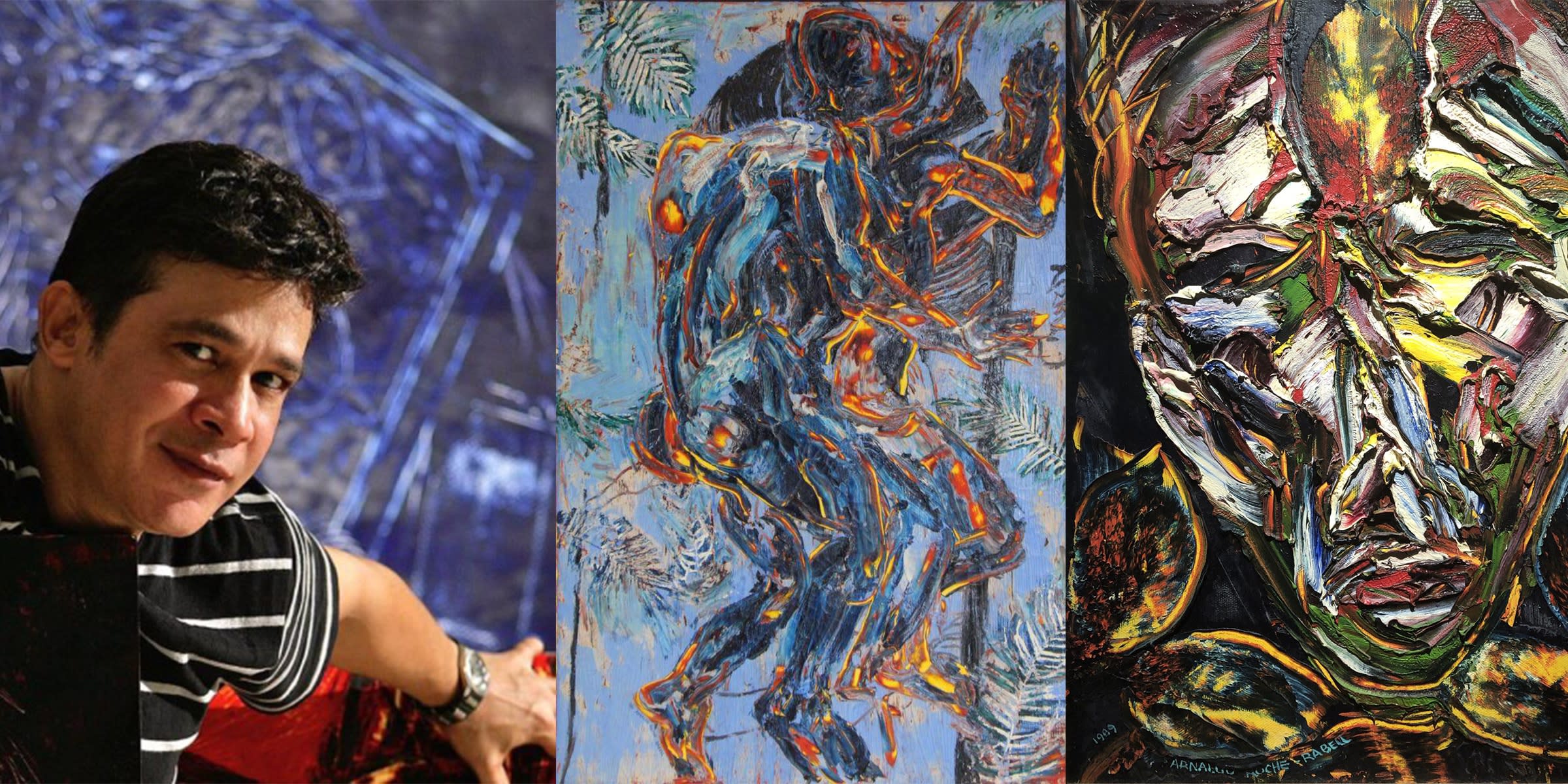
Oscar Colón Delgado (1936–2020, Arecibo) was a respected Puerto Rican visual artist and sculptor known for his contributions to the island's artistic landscape. He specialized in sculpture, creating works that reflected Puerto Rican heritage, culture, and history. Colón Delgado's art often incorporated themes of identity, nationalism, and social issues, using a variety of materials to craft symbolic and monumental pieces. His works were celebrated for their craftsmanship and deep connection to Puerto Rican traditions and stories. Throughout his career, Colón Delgado exhibited widely, both locally and internationally, and became a key figure in Puerto Rican contemporary sculpture, leaving a lasting legacy in the art world.

Carlos Raquel Rivera (1923–1999, Yauco) was a Puerto Rican painter and printmaker known for his surrealist and symbolic works that often addressed social and political issues. His art combines elements of Puerto Rican identity with fantastical imagery, exploring themes like oppression, colonialism, and social injustice. Rivera’s famous works include El Barracón, which depicts the hardships of rural Puerto Ricans and their struggle for dignity. His distinctive style, blending surrealism with social commentary, made him a key figure in Puerto Rico's mid-20th-century art scene.
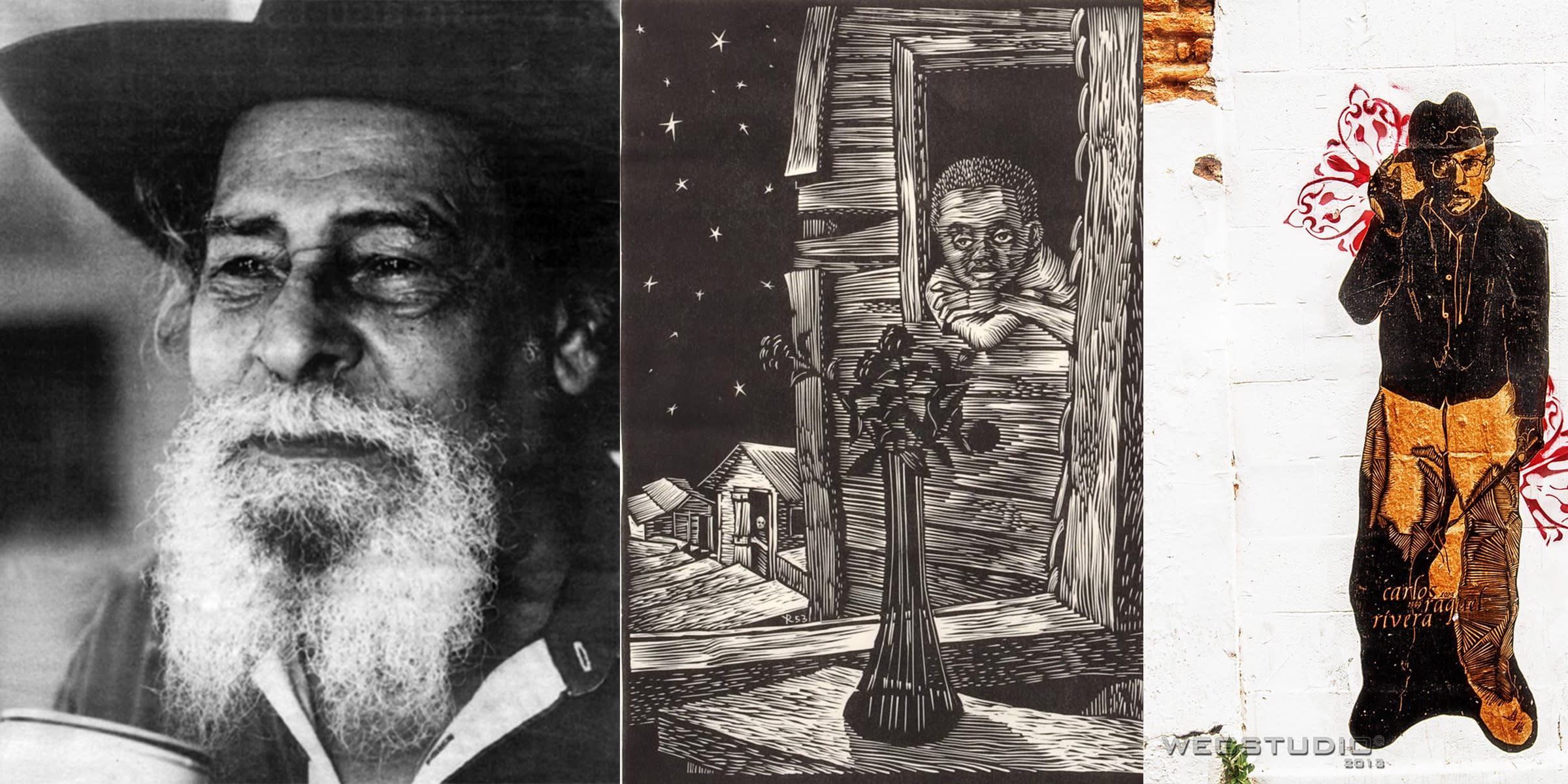
These artists have not only left a lasting impact on the island but have also achieved recognition on the international stage. Their works encapsulate the spirit, resilience, and complexity of Puerto Rican life, from its colonial past to its modern struggles for identity. As we celebrate Hispanic Heritage Month, we remember and honor these visionaries who, through their art, have immortalized the essence of Puerto Rico’s cultural heritage, ensuring that their legacies continue to inspire future generations of artists. Their dedication to capturing the beauty, challenges, and stories of Puerto Rican life has enriched the broader Hispanic artistic tradition.